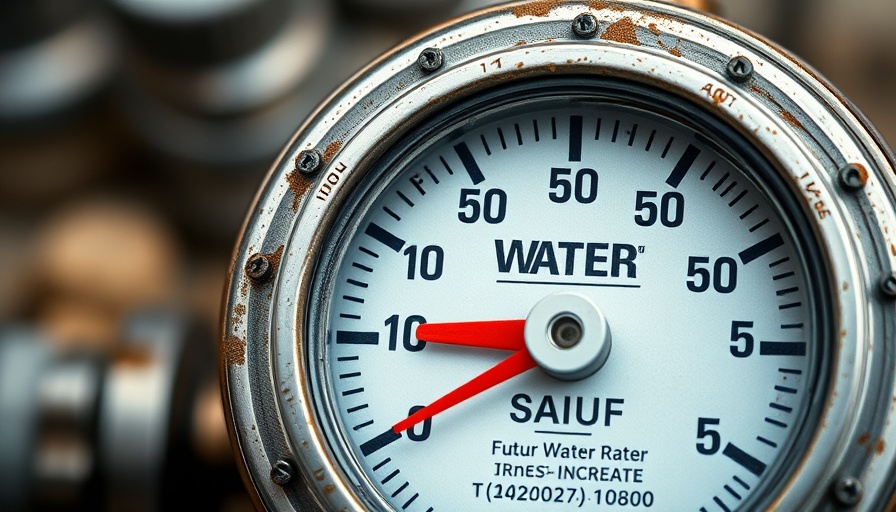
Maricopa Residents Rally Against Rate Increase: Unpacking the Controversy
In a fierce display of community spirit, Maricopa residents are pushing back against a proposed 19% water rate increase by Global Water, the city's primary water supplier. The proposed hike, which aims to address significant infrastructure costs and the challenges presented by Arizona’s ongoing water crisis, has ignited widespread concern among local residents who fear the financial strain it will impose on their households.
The Rationale Behind the Rate Increase
Global Water has cited three primary drivers for the proposed rate increase: rampant inflation, increased capital investment due to rapid population growth, and necessary operational expansions, including the activation of the Southwest Plant. These justifications, however, have not assuaged the worries of many residents.
As Global Water’s application to the Arizona Corporation Commission (ACC) outlines, the new rate will generate an additional $4.2 million annually. This increase is expected to elevate the company's return on its $69 million fair value rate base from 3.29% to a more robust 7.82%. For a typical residential customer consuming 5,500 gallons a month, this translates to a rise from $35.73 to $40.76.
Your Bills Are Already Too High: Residents Speak Out
“My monthly bill is already over $100, and we use minimal water,” expressed longtime resident Brian Lee. Many residents echo his sentiment, feeling that the base fees are unjustly elevated compared to those in the broader Phoenix area. Their uproar isn’t just about the numbers; it's about fairness and sustainable living amidst a broader crisis.
The Dangers of Inflation and Water Crisis
According to a 2023 report by NASA’s Earth Observatory, Arizona has lost more than 50 cubic kilometers of groundwater since 2003, primarily due to unsustainable water usage. Pinal County—home to Maricopa—is among the hardest hit, facing dire consequences from excessive groundwater pumping. In light of these challenges, residents are left to wonder: can they truly bear an additional financial burden?
Recycling and Infrastructure: A Silver Lining?
While protests rise, Global Water points to their successful efforts in wastewater recycling. As of December 31, the company reported recycling over a billion gallons of wastewater each year, with a cumulative total of approximately 17.69 billion gallons since its inception. This not only helps mitigate the demand for drinking water but also ensures that resources are used efficiently. It’s an approach that, while promising, doesn’t completely quell the concerns of ratepayers.
Looking Ahead: Community Power and Informed Decisions
This increasing pushback emphasizes the power of community in dictating the terms of essential services. Residents need to remain informed and engaged with local governance, especially as these discussions evolve. Understanding the implications of such rate hikes and advocating for transparency in how rates are determined can lead to more equitable solutions.
As Maricopa residents grapple with these pressing issues, it's crucial to engage with local decision-makers and express their concerns—whether through petitions, town halls, or direct communication with Global Water. The outcome could reshape not just their water bills, but the future of public utilities in the region.
 Add Row
Add Row  Add
Add 




Write A Comment